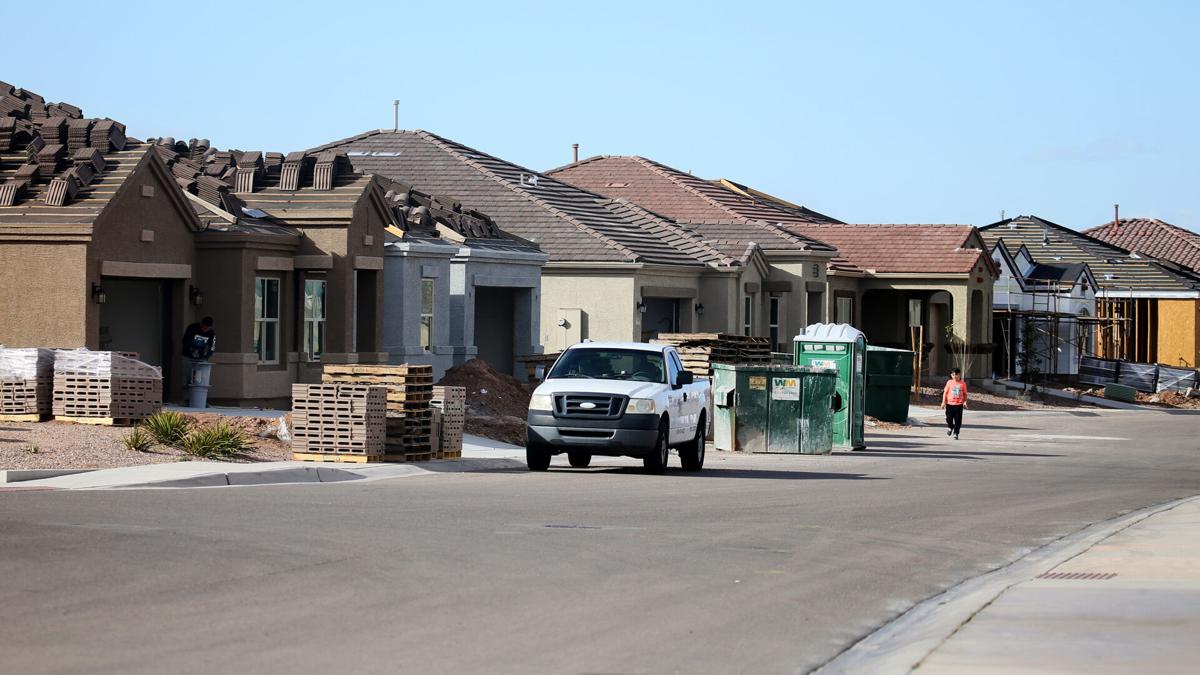A combination of factors could finally slow the rapid increases in the cost of buying a home in Arizona.
Doug Walls, the labor market information director for the state Office of Economic Opportunity said Thursday that the number of homes on the market in Arizona hit 23,719 last month. That’s up 12.9% from the prior month and more than double a year ago.
The figure, which represents both new homes and those being offered up by owners, also is the highest it’s been since the middle of 2019.
Add to that the fact that the number of days the typical home is on the market increased to 41 days in August from 32 days in July.
Then you have the Federal Reserve Board which continues to increase interest rates, making it more expensive to borrow. Walls said the most recent month-over-month increase was the largest going back to December 1986.
The rate is still, for the moment, below where it was in early 2019. But the Fed, which has been raising rates to combat high inflation, has another meeting later this month.
All that works together.
“If there’s more inventory, buyers can be a little bit more selective,” said Walls. “And if houses are on the market longer, buyers can potentially take advantage of that if sellers are needing to sell.”
Walls said the results are already beginning to show.
The most recent figures from S&P/Schiller home price index for Phoenix — the only Arizona market it tracks — showed just a 0.7% month-over-month increase. And that is the slowest since June 2020.
All that is taking a toll on the area of Wells’ expertise: the state’s unemployment rate.
The new report puts that seasonally adjusted rate at 3.5%, up two-tenths of a point from July. And the largest losses came in the state’s financial activities sector which shed 800 jobs in the past month.
That’s the polar opposite of the long-term trends in the industry, which normally gains 800 jobs in August.
Those losses include not just positions in real estate but also a category called “credit intermediaries,” the people involved in arranging financing. And it reverses strong gains as the state and nation were coming out of the pandemic.
Elsewhere, the state’s manufacturing industry continues to show strength, growing by 800 jobs last month and 14,100 in the past year. That computes to a 7.8% increase, compared to just 3.7% nationally.
Employment at bars and restaurants increased by 700 in August. But that was more than offset by hotels, motels and other accommodations shedding 1,400 jobs.





